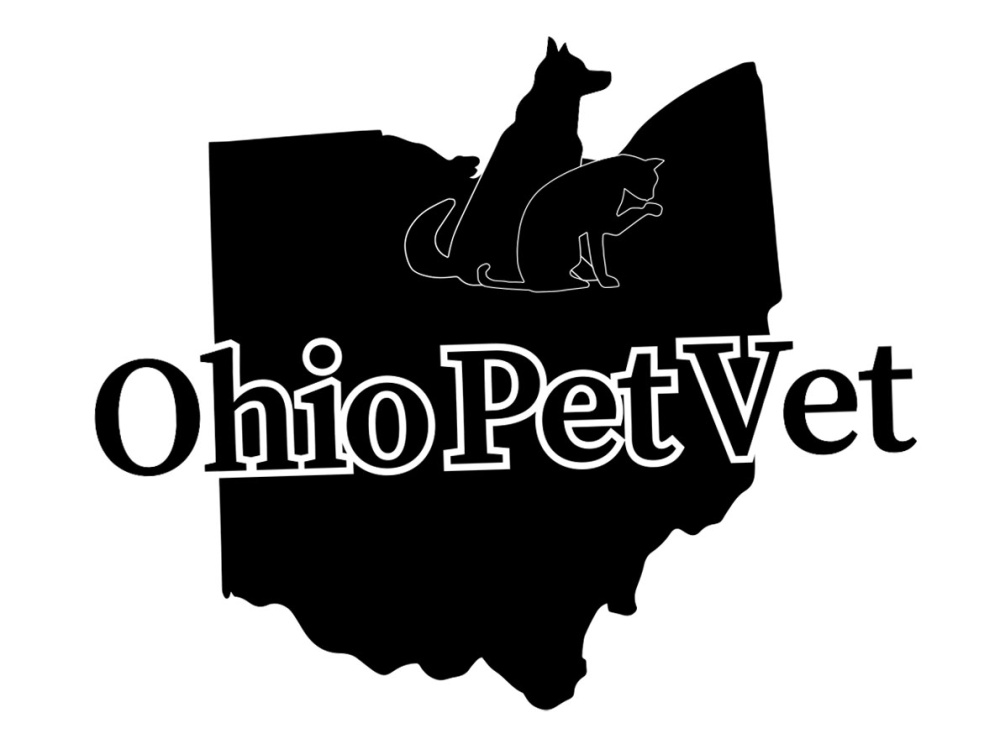The U.S. veterinary market is a universe of its own — vast, diverse, layered. A world where business metrics intertwine with tenderness and responsibility, where a financial figure is never just a number but a reflection of care, ethics, and daily work with living, breathing little hearts. Companies earning from $5M to $10M per year often represent the sweet spot of the industry: established, trusted, and steadily growing.
For inspiration, look at a real example of a clinic built on care and transparency: https://vetspayandneutred.com/ — where thoughtful service and trust form the foundation of long-term success.
Such veterinary practices feel like warm islands in cities and suburbs across the country. Here, patients are known by name, and owners feel safe enough to ask their most anxious questions. Bills, diagnostics, and treatments stand behind every wagging tail and every purr of relief — proof that compassion and professionalism can coexist beautifully.
The mid-market of veterinary business is the place where professionalism scales, but humanity never disappears.
Method & Transparency (So the List Is Genuine and Useful)
This is not just a random list — it is a carefully structured industry snapshot designed to help clinic owners, investors, analysts, and marketers navigate the mid-tier veterinary landscape.
Private clinics rarely publish exact revenue, guarding those numbers as gently as a pet’s medical file. So we rely on independent business directories and verified industry databases listing the range $5M–$10M.
Imagine standing on a high hill overlooking the U.S. veterinary industry. Thousands of clinics, tens of thousands of professionals, countless grateful owners. Between the tiny family offices and corporate giants lies a layer of steady, responsible companies — the heart of the market.
“We don’t stare at digits — we study maturity, service, and potential.”
Map of Companies by State ($5M–$10M Confirmed Records)
Every U.S. state is its own ecosystem — with different demographics, different demand patterns, and its own culture of animal care. Some focus more on equine medicine, others on dense suburban pet populations, others on mobile and remote care.
Seeing these companies isn’t just about competition — it's about understanding values and service philosophy. Clinics that grow into this segment rarely do so by accident. They grow through listening, caring, and learning to lead communities of pet parents who trust them deeply.
Below — expanded insights on regions and practices.
Ohio

Ohio blends lively cities with rural communities and a strong equine culture. Its mid-sized vet practices are often rooted in:
• emergency medical care
• advanced diagnostics & surgery
• equine & mixed-animal medicine
These aren’t cold corporate offices — they feel like welcoming homes where staff remembers each furry patient’s quirks. You may see a veterinarian kneel to greet a nervous dog, a tech soothing a trembling kitten, friendly receptionists recognizing clients by voice.
Ohio’s clinics breathe familiarity, warmth, and dignity.
“Veterinary care in Ohio feels like family medicine for the entire household — including every tail and whisker.”
Idaho
Idaho breathes mountains, wide skies, fresh mornings, and a deep respect for animals. Its veterinary sector blends:
• small-animal care
• farm & ranch veterinary services
• emergency and full-service clinics
Here, people know their vets personally, and vets know the temperament of every patient — from cattle guardians to hunting dogs. Pet care in Idaho feels grounded, real, woven into the rhythm of nature and the heartbeat of the community.
This is not a marketplace — it is a living community, where animal health is part of the local culture.
National Directories
The mid-tier veterinary segment is enormous — too big to list in one article. But there are powerful public directories that help locate, study, and benchmark clinics in the $5M–$10M range.
For clinic owners, these resources feel like treasure maps — showing where successful peers operate, how they position themselves, and how they speak to their clients.
Studying competitors isn’t copying — it’s learning where the horizon truly lies.
How to Use This List for SEO and Business Strategy

A mid-sized veterinary practice is not just a medical facility — it's a brand, a culture, and a system of trust. Understanding peers allows you to:
Map the competitive landscape
• emergency vs. general practice
• equine vs. small animal focus
• dentistry & specialty care tiers
Build partnerships & opportunities
• joint wellness programs
• shared training initiatives
• referral pathways
Craft a strong SEO program
• track geo-keywords by state & city
• analyze website structure & messaging
• publish expert content answering real client questions
It’s like watching a skilled orchestra play — so that when you pick up your instrument, you perform even better.
How to Validate Revenue & Positioning
The veterinary world is more transparent than many industries — but it still requires precision. To verify that a clinic truly belongs to this business tier, check:
• business directory listings
• clinic website & service model
• client reviews & online presence
• scope of diagnostics & surgery
• staffing, facility size, and schedule
Each check is a layer of understanding — a step toward building a strong market position.
Final Thoughts
Veterinary companies in the $5M–$10M range are not just revenue entries — they are living stories of growth, resilience, and service.
They are clinics that found balance — advanced enough to scale, yet intimate enough to remember every patient’s favorite treats. They are not towering corporations — and that is their strength. They are agile, present, warm, and deeply trusted.
When you see these clinics, you feel it:
Veterinary medicine is not simply an industry. It is a mission, a calling, and an act of loyalty to life itself.
Every day, somewhere, a small paw rests safely in someone's caring hands thanks to the work of clinics like these — and that alone speaks louder than numbers ever could.














